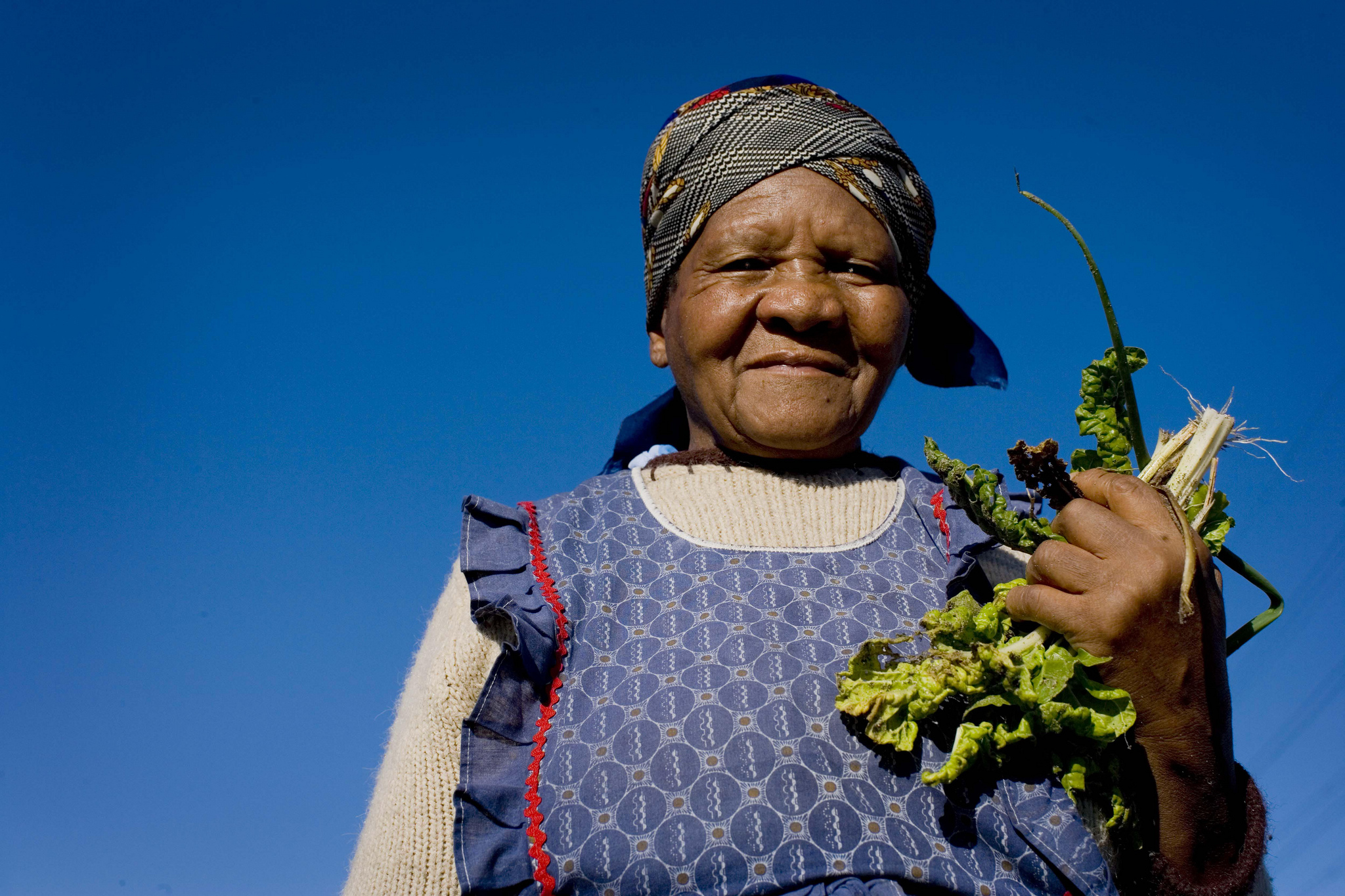Water security can be thought of in terms of risk, and people with different positions in society face risk to varying degrees. Women intersect with every aspect of water-related risk: they often bear the domestic water burden, are more often victims of climate-related and environmental catastrophes, and have notable, but often invisible, roles in economically productive uses of water, such as agriculture.
In early March we attended a workshop hosted by the Innovation Lab for Small Scale Irrigation which provided some useful food for thought on how gender relates to water-related risk, which is something we’re currently thinking about in the REACH programme’s work on sustainable land management in the Blue Nile and Awash river basins in Ethiopia.
In addition to boosting agricultural productivity, these interventions promote water security and improve soil quality in watersheds and river basins. Within the Sustainable Land Management programme, women are encouraged to have their own backyard garden, which is irrigated from dug wells, to plant fruits and vegetables. But we must ask: how are women affected by the time burden and physical demands of this extra responsibility?
One key lesson that we learnt in the Ethiopian context is that even gender-aware projects may overlook women, if their voice is not heard in research or implementation. Seblewongel Deneke’s presentation showed that married women are often less visible than female heads of household because the male speaks for the household.
The workshop underscored the importance of understanding water usage, needs, and from a water security perspective, risk, within the household. The distribution of these risks often varies between not only men and women, but also girls and boys.
Whether we’re talking about irrigation, backyard gardens, or broader sustainable land management, we need to understand who in the household benefits from these practices, and who faces greater risk as a result. ‘Gender blind’ interventions to improve water security for households will not deliver water secure outcomes, because they don’t account for the distribution of risks among different individuals within a household. Interventions may perversely put women and girls more at risk. For example, women increasing their labour time might result in their daughters leaving school to take over childcare duties or water collection.
In research, policy and practice, we must proactively strive to make all women, in all households, visible in order to meet the challenge of achieving ‘water secure’ households.
Grace Remmington is a REACH Research Assistant at the School of Geography and the Environment, University of Oxford. Grace’s research focuses on gender and water security, as well as water supply, sanitation and hygiene in small towns.
Dr Meron Teferi Taye is the Program Manager for the REACH programme in Ethiopia. She is a Water Resources Engineer with research focus on using hydrological and statistical models to understand the impact of climate on hydrology of watersheds.

